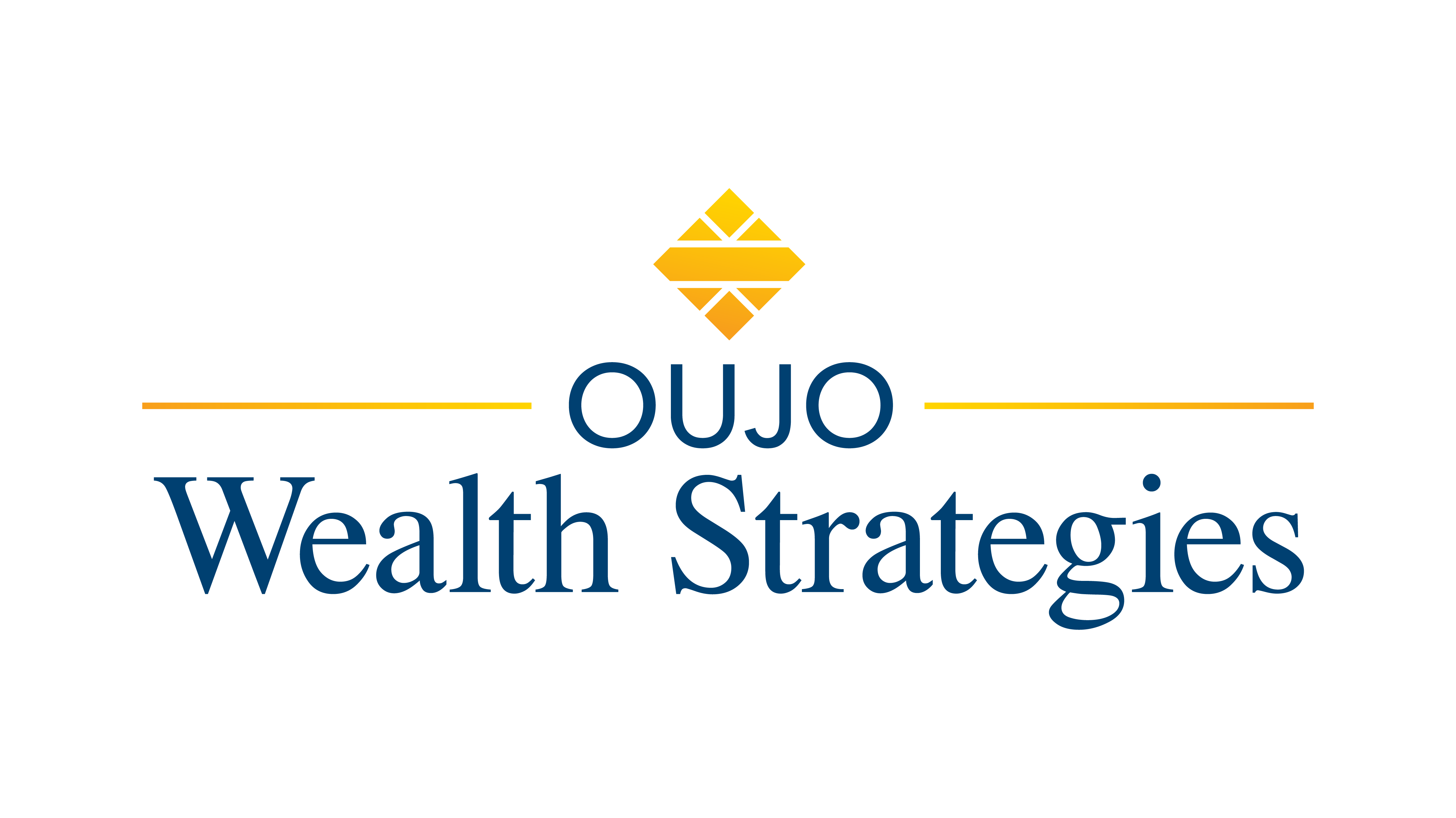January 8, 2022
Dear Valued Client:
Market Recap and Outlook
Stocks overcame many headwinds during the past three months, including a resurgence in COVID cases, the Federal Reserve moving aggressively to end the current QE program, and a lack of additional stimulus from Washington, to hit new all-time highs in the fourth quarter and produce very strong returns for 2021.
In sum, 2021 was another historic year for markets as the S&P 500 ended near a new all-time high. Governmental policy remained supportive of the economy, corporate earnings growth was strong, and substantial progress was made against the pandemic in the form of widespread vaccination and advancement in treatments. Those positives were reflected in the very strong market returns, especially in the final quarter of the year.
Q4 and Full Year 2021 Performance Review
On a full-year basis, all four major indices posted positive returns, with the S&P 500 slightly outperforming the Nasdaq for the first time since 2016. The Russell 2000 relatively underperformed thanks to lackluster returns during the second half of 2021, as the Delta and Omicron variants weighed on economic growth. By market capitalization, large caps handily outperformed small caps both in the fourth quarter and throughout 2021.
For the full year 2021, foreign markets registered solidly positive returns but underperformed the S&P 500. Gold saw a modestly negative return for 2021 due the increasing attractiveness of alternative investments, combined with a stronger dollar. Municipal bonds produced mid-single digit returns and were mostly free of federal taxation.
Q1 and 2022 Market Outlook
Markets have exhibited impressive resilience since the pandemic began and that remained the case throughout the fourth quarter and all of 2021, as the strength of the U.S. economy and corporate America helped produce another year of substantially positive returns in stocks.
The new year presents numerous challenges to economic growth, corporate earnings, and market returns, including a reduction in global stimulus, high inflation pressures, political uncertainty, and the ongoing pandemic.
First, global central banks, led by the Federal Reserve, have already begun to reverse the accommodative policies that were enacted in response to the pandemic. The Fed specifically expects to end its QE program by mid-March and increase interest rates three times in 2022. That transition to more normal monetary policy will likely create headwinds on the economy and potentially corporate earnings, and while historically U.S. stocks have performed well during the initial phases of a Fed rate hike campaign, we will closely monitor the impact of rate hikes on economic growth and the corporate earnings outlook as we move through 2022.
The reason the Fed is aggressively removing accommodative policies is because inflation surged to 30-plus-year highs in 2021. Positively, rising inflation did not have a negative impact on consumer spending or corporate earnings in 2021. But that risk remains as even optimists do not expect inflation to decline substantially in 2022. As we did in 2021, we will continue to monitor inflation closely to see if it becomes a negative influence on corporate margins and earnings, or consumer spending more broadly, because if that’s the case it will result in a rise in market volatility. We are hopeful inflation is reduced by 2023 as supply chain issues ease and consumer demand moderates.
Politics will also be a source of potential volatility in the first quarter of 2022 and beyond. Democrats failed to pass the Build Back Better social spending bill in 2021, but the process is not over, and none of us should be surprised if that legislation passes in early 2022. From a market standpoint, investors will be most focused on any potential tax increases that might reduce corporate profits or consumer spending. Given the current version of the bill, market-negative tax increases look unlikely, but the legislative process is unpredictable, and we’ll continue to monitor the situation for any negative tax implications. Additionally, there will be midterm elections in November, and as is usually the case, we can expect the run-up towards the midterms to cause at least temporary market volatility.
Finally, COVID is not over. The Omicron variant, which is currently spreading across the globe, thankfully does not result in nearly as many severe cases as previous COVID variants, but it’s still impacting society and businesses via worker shortages and more supply chain disruptions. And as we look ahead to 2022, we sadly must be prepared for more variants to impact the global economy, and we will continue to watch for any sustainably negative impacts from COVID on the economy or markets.
Bottom Line
The stock market still appears slightly over-valued to us. Earning estimates for the year 2022 are coming in at approximately $215 per share for the S&P500(*). Since the market is trading at approximately 4,700, this produces a forward earnings yield of 4.6% when the historical average is 6.5%. The current market valuation is considered appropriate to investors since the ten-year treasury is trading at approximately 1.7%. As interest rates go up, these valuations become extremely important and could cause volatility in our view. Once again, we want to use downturns to our advantage. See the commentary from Anthony Sandomierski CPA, CFP on adding money into your accounts. We will also proactively communicate with you when such actions should take place.
Office Notes
Younger members of our staff are strongly encouraged to get more education and several members of our team are currently enrolled in the Certified Financial Planner program including Amanda Frayman and Matthew Oujo. Alli Panagos passed the Series 7 exam and Jason Gordon has received his CPA license after passing his final part.
Assets Under Management have now gone over $660 million as we continue to reach new milestones year after year thanks to you and our team. We are accepting new clients and appreciate your recommendations if you think the person(s) will be a good fit. Remember that we will always take on the “Adult Child” of a current client regardless of asset size.
Please remember that I spend most of the winter working in South Florida and plan on returning to NJ in late April. Clients can still come in for in person meetings. Zoom meetings are also convenient, efficient, and very easy to do.
We thank you for your business and please call our office if you would like a check-up.
Sincerely,

Jack D. Oujo, CPA/PFS, CFP, CSA, MS Taxation
Certified Senior Advisor

Disclosures
- Investment Recommendation Disclosure: The client acknowledges that the representative is relying upon the client information (e.g. risk tolerance, time horizon, and investment objective) for the purposes of providing recommendations to the client. The client agrees to give the representative notice of any significant changes in the client information and to provide the representative with any additional information that the advisor may reasonably request.
- Historical Performance Disclosure: Past performance is not indicative of future results. The investment return and principal value will fluctuate with the market. Investor’s shares when redeemed may be more or less than their original cost.
- General Market/Investment Risk Disclosure: Investments are subject to market risks including the potential loss of principal invested. Yields and prices will fluctuate along with the market and other economic conditions. Securities may be worth less than the original cost when redeemed.
- Information Disclosure: The information contained herein has been obtained from sources considered to be reliable, but Avantax does not guarantee the accuracy or completeness of any statement.
- A portion of municipal bond’s income may be subject to state or local taxes. A portion of a municipal bond’s income may be subject to the federal alternative minimum tax. Investing in municipal securities can be volatile and include such risks as: adverse tax or court rulings, legislative or political changes, market and economic conditions, issuer, industry-specific (including the credit quality of municipal insurers), and other conditions.
- The Avantax affiliated companies exclusively provide financial products and services, and do not provide or supervise tax or accounting services. Advisors may provide tax, accounting or other services through their independent outside businesses, but these services are separate and apart from Avantax.
- Standard & Poor’s is a corporation that rates stocks and corporate and municipal bonds according to risk profiles. The S&P 500 is an index of 500 major, large-cap U.S. corporations. You cannot invest directly in an index
- Asset allocation does not assure or guarantee better performance and cannot eliminate the risk of investment
- Dollar-cost averaging does not assure a profit and does not protect against loss in declining markets. Such a plan involves continuous investment in securities regardless of the fluctuation of price levels of such securities. An investor should consider his or her financial ability to continue his or her purchases through periods of low price levels.
(*) Performance and Data numbers are per Morningstar and Earnings Estimates are per Bob Brinker. Client spreadsheets are normally sent four times per year to clients with over $750,000 of investment assets and twice per year for clients at the $500,000 to $749,999 level.
** Represents brokerage, direct to fund and annuity assets under management as of 6/30/2019

